What exactly is the Kadhuan Weave, and why you should understand it before buying.
Whether buying a banarasi saree online, or from a physical store, in all likelihood you have come across a saree being referred to as a Kadhuan, also spelled as Kadwa, and the seller implying a certain degree of exclusiveness to it.
While you may have assumed that it has something to do with the weave and something that is premium, you may have never tried to fully understand it. At HolyWeaves, we believe it is important for you to have some understanding of the craft behind your sarees. This can help you make a smarter buying decision, and also take pride in your beautiful purchase. If you don't, you can also be exploited by unscrupulous vendors.
In this blog post we try to demystify the Kadhuan weave for you. Wherever possible we will try to simplify the process for easier understanding.

What is the Kadhuan weave technique?
Kadhuan (कढ़ुआँ ) is a variant of the brocade weaving technique, and can only be done on a handloom.
In order to understand Kadhuan correctly, you need to understand the brocade weave first.
Let me first try to explain a Brocade weave in short. To weave. any fabric, we need two sets of yarns or threads. One runs along the length and is called the warp, or the Taani (तानी). The second runs across the width, and is called the weft, or the Baana (बाना). So in a saree that is 5.5 meters in length and 1.1 meters (44 inches) in width, the warp is of 5.5 meters running along its length and the weft is of 44 inches running along the width. The warp, comprising of thousands of very fine yarns, is fixed on the loom. It is set up on the loom before the weaving starts and remains static during the weaving process. The weft yarn, in contrast, is wound on a small wooden shuttle and is thrown by hand across the width to weave the fabric. It passes through gaps between the warp yarns created by raising the warp at regular intervals with the help of a jacquard machine at the top of the loom. The interlocking of the warp and weft weaves the fabric.
In a brocade weave, there is an additional set of yarns, referred to as the supplementary weft, that is used to weave the motifs whether it is a buta, or a jaal or any other pattern. Most often in a brocade saree, this supplementary weft is of zari yarns which gives a brocade its distinct dress look.
In the manner the supplementary weft is used to weave the motifs lies the magic of the Kadhuan weave and distinguishes it from its more common counterpart- Fekuan (फेकुआँ) where motifs are woven by throwing a shuttle instead of being woven individually.

Blue-Green Banarasi Alfi Maheen Buti Kadhuan Brocade Handwoven Katan Silk Fabric. This premium Banarasi silk fabric from our collections is a brilliant specimen of the Kadhuan weave. The beautiful little butis are handwoven using both zari and coloured resham yarns. Weaving these fabrics requires both craftsmanship and patience. It may take upto three days to weave just one meter of fabric.
Why are Kadhuan sarees pricier than other weave types?
In a Kadhuan weave each buti or motif is woven individually. So lets say we wish to weave a black Kadhuan saree with 8 zari butis in every line of motifs along the width of the saree and also zari borders on both sides. For this saree, first the black warp will be set up on the handloom. Depending on the design, the jacquard will be setup on top of the loom. Now the weaver will need to weave the fabric by througing the weft yarns manually. In this case, he will need to do one throw of the shuttle to throw the black silk yarn across the width that makes the ground, 2 separate movements to weave the zari borders on either sides, most importantly, 8 individual movements of the zari yarn to weave the 8 butis in the body. In a Kadhuan weave, this third shuttle movement to weave the butis only happens in the areas where the butis is woven, and not thrown across the width. So they need to be done separate for every motif. Moreover, if a single buti uses two or more color yarns like gold and silver zari in many cases, or zari paired with a color yarn, the amount of work increases proportionately.
Please note that all the 11 weave movements in the above example weave just one single line of weft, referred to as one pick. The density of the fabric is determined by the number of yarns in the warp, referred to as the reed count, and the number of weft picks per inch. While having a dense warp is a relatively simple and can be decided during the setup, increasing the density of the weft, ie the pick count, directly affects the amount of effort and time taken to weaving a saree.
To give you an example, if the saree has a pick count of 100 picks per inch, it would mean approximately 4,000 lines of weft in one meter fabric which is approximately 40 inches, for which the weaver has to make 44,000 movements of the weft shuttle. For the whole saree of 5.5 meters, this would mean 2,42,000 movement of the hand shuttle! Now if the saree was not a kadhuan weave, the 8 buties in one line could be woven with a single throw of the hand shuttle instead of 8 separate movements, considerably reducing the number of throws, the time taken to weave the saree, and the cost.
Kadhuan & Design Type
For easier understanding, we have made some assumptions in the above explanation, for instance we assumed there are no gaps between two lines different lines of butis. Usually, to strike a balance between exclusiveness and costing, gaps are inserted between two butis both horizontally and vertically. This brings the number of butis down, and hence the cost. However, in a jaal design, which by nature is continuous with no gaps along the length, a Kadhuan weave can be much more time-consuming & difficult to weave. If the jaal also features multiple colors across the width, the effort & costing increases manifold. This is the reason an authentic Kadhuan Jaal saree can be significantly more expensive than a Cutwork Jaal saree.

Close up of a handwoven banarasi saree where the zari vines are woven with the Katruan (Cutwork) technique but the coloured flowers, which are the main elements, are woven using the kadhuan technique. This symbiosis of weaving techniques helps reduce price while offering the best finesse where required.
Is a Kadhuan Saree worth the premium and should you buy one?
We now understand that Kadhuan is a time-consuming weaving technique. But does that mean you should pay the premium that these sarees command due to the higher cost.
We, at HolyWeaves, believe that an art when being used to create a product must justify itself to sustain itself. If it doesn’t, museum walls will be a more appropriate place for it than your wardrobe.
Fortunately, a Kadhuan weave has a lot going in its favour, justifying the price.
- A Kadhuan Brocade weave can only be done on a handloom so far. So if you value handloom weaving and like to support it, Kadhuan is the way to go.
- Due to the high weaving cost involved, it is not wise to weave it with blended or polyester yarns. So, Kadhuan sarees are almost always woven with natural yarns like pure silk, or cotton.
- Compared to a cutwork weave, the designs look more sharp and beautiful in a Kadhuan weave.
- Kadhuan sarees, by definition, cannot be not mass-produced. This certainly lends exclusiveness to the product.
- Kadhuan sarees are often more comfortable than cutwork sarees.
How to know whether your saree is an authentic Kadhuan?
To now whether a saree is a Kadhuan, you need to look at the reverse side behind the motifs. In a Kadhuan weave, the thread that is used to weave a motif is manually turned at the edge of the motif to continue weaving the next line of the same motif. Once it reaches the other edge of the motif, it is turned again and so one, until the last line in the motif is woven. So, you wont see cuts at the edges of the motif. This is also the reason it is referred to as turning weave in some handloom centers.
Please note that there can be exceptions to the above rule. Sometimes there can be cuts in a Kadhuan weave also. Alternatively, when the motifs are very close in a fabric, we can weave a cut-less saree without using the Kadhuan technique.
To be sure, please always buy from a reliable vendor.
We hope you found this article informative and enjoyed reading it.
If the Kadhuan weave excites you and you would like to own one specimen of classic art form, please use the link below to browse our beautiful collection of authentic handwoven Kadhuan Brocade products.
Buy Kadhuan Sarees, Dupattas & Dress Materials.
To encourage us to bring more such posts, please comment and share. Each of your comments is important to us.

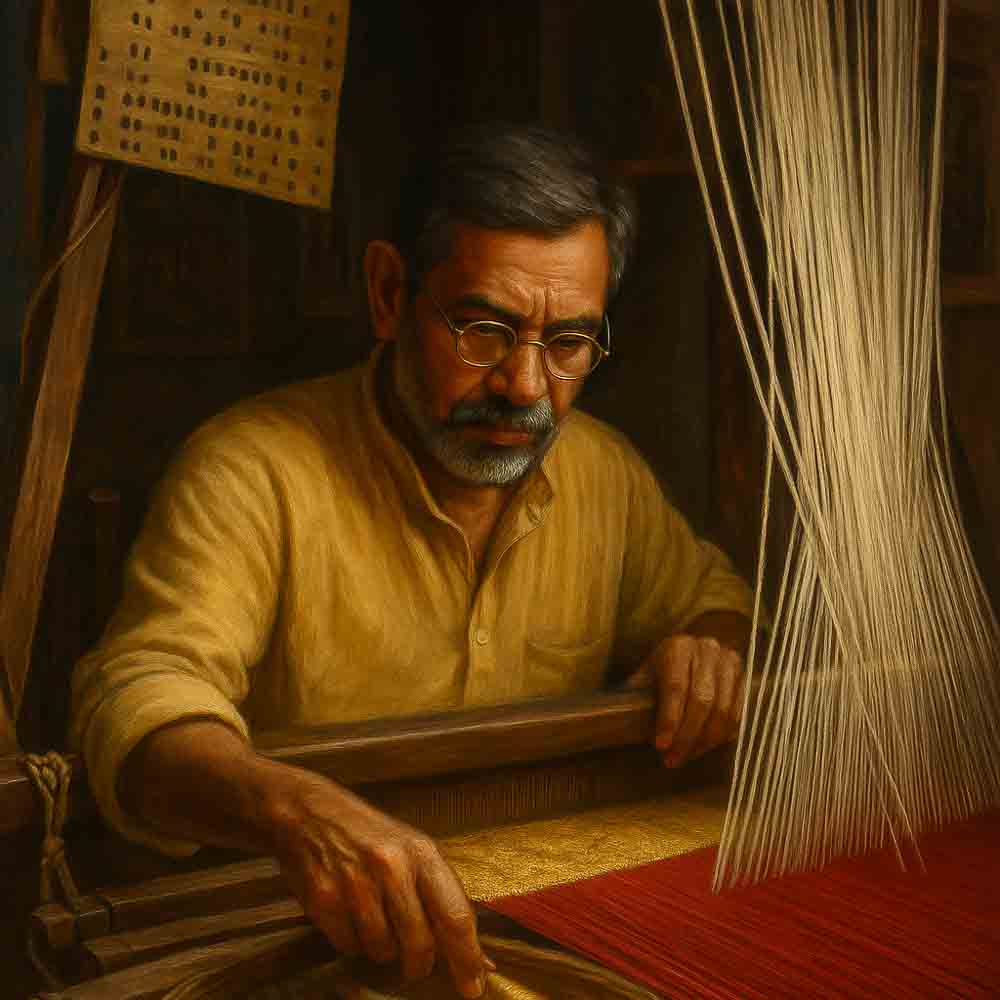
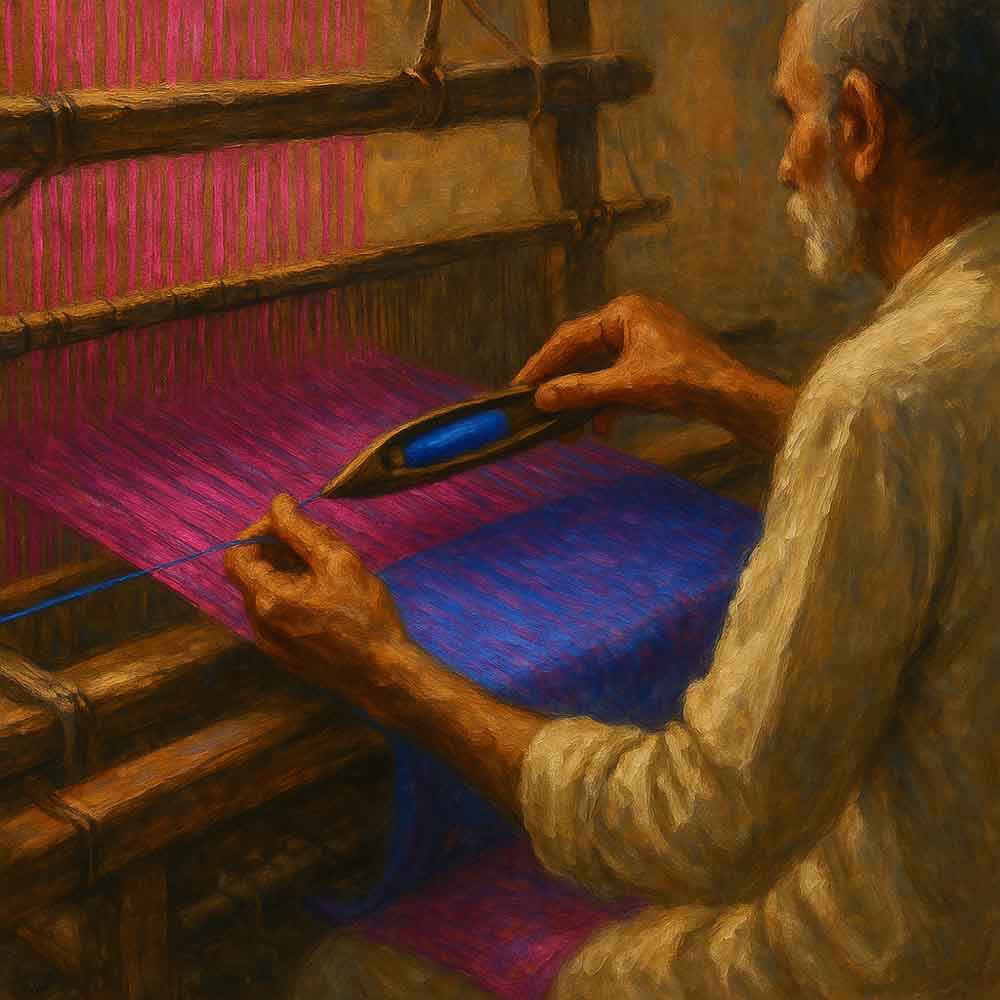
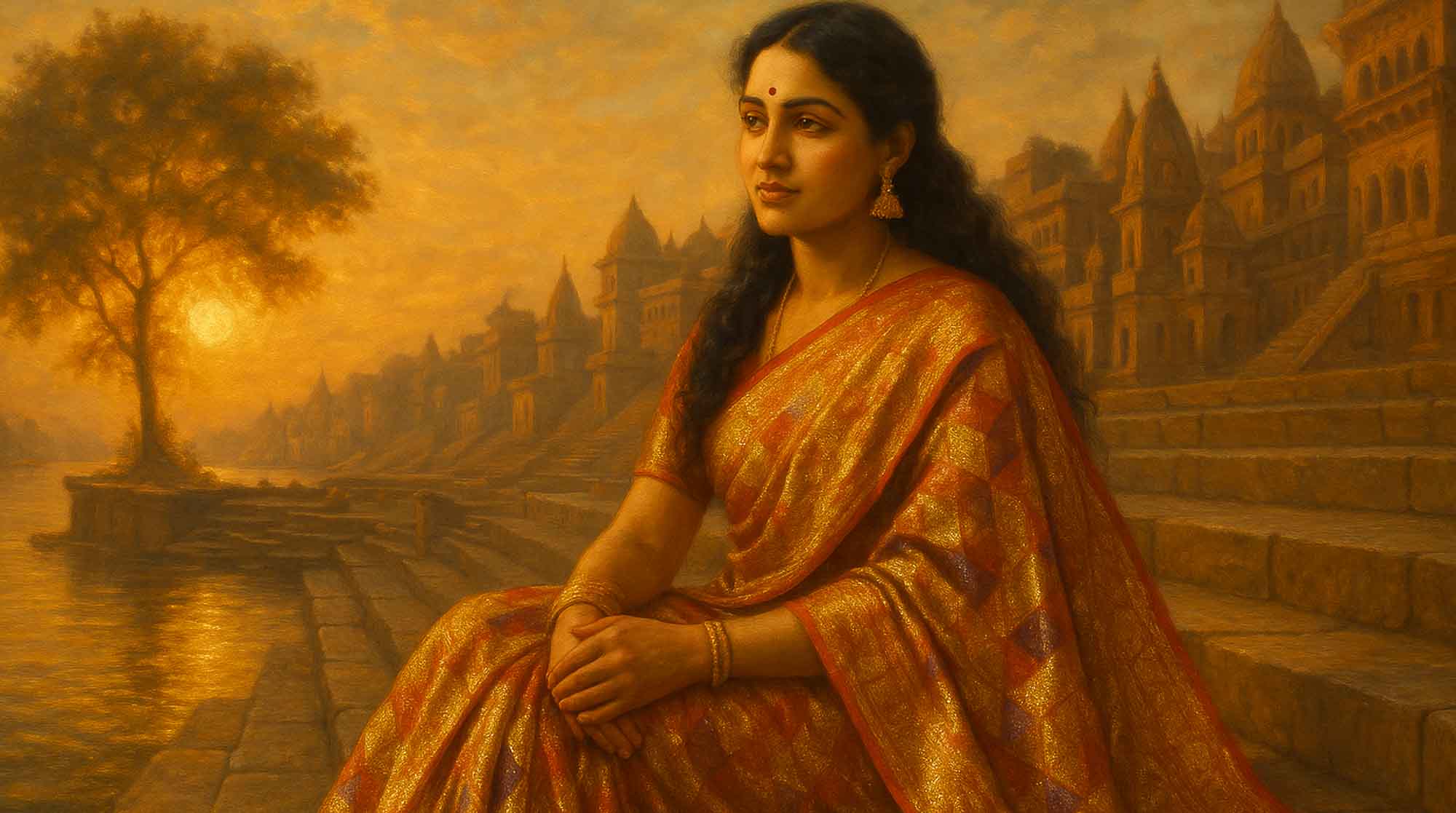
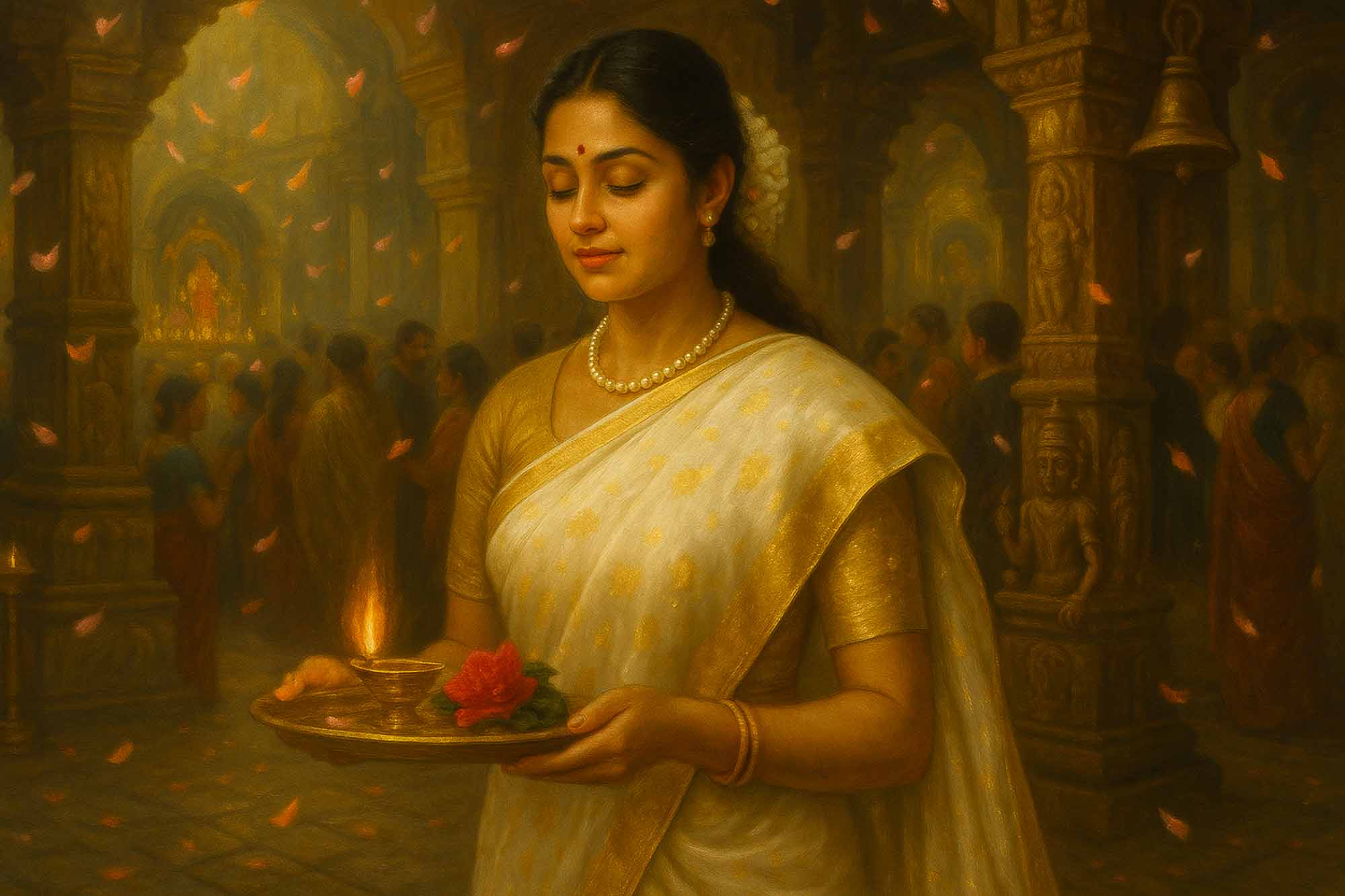
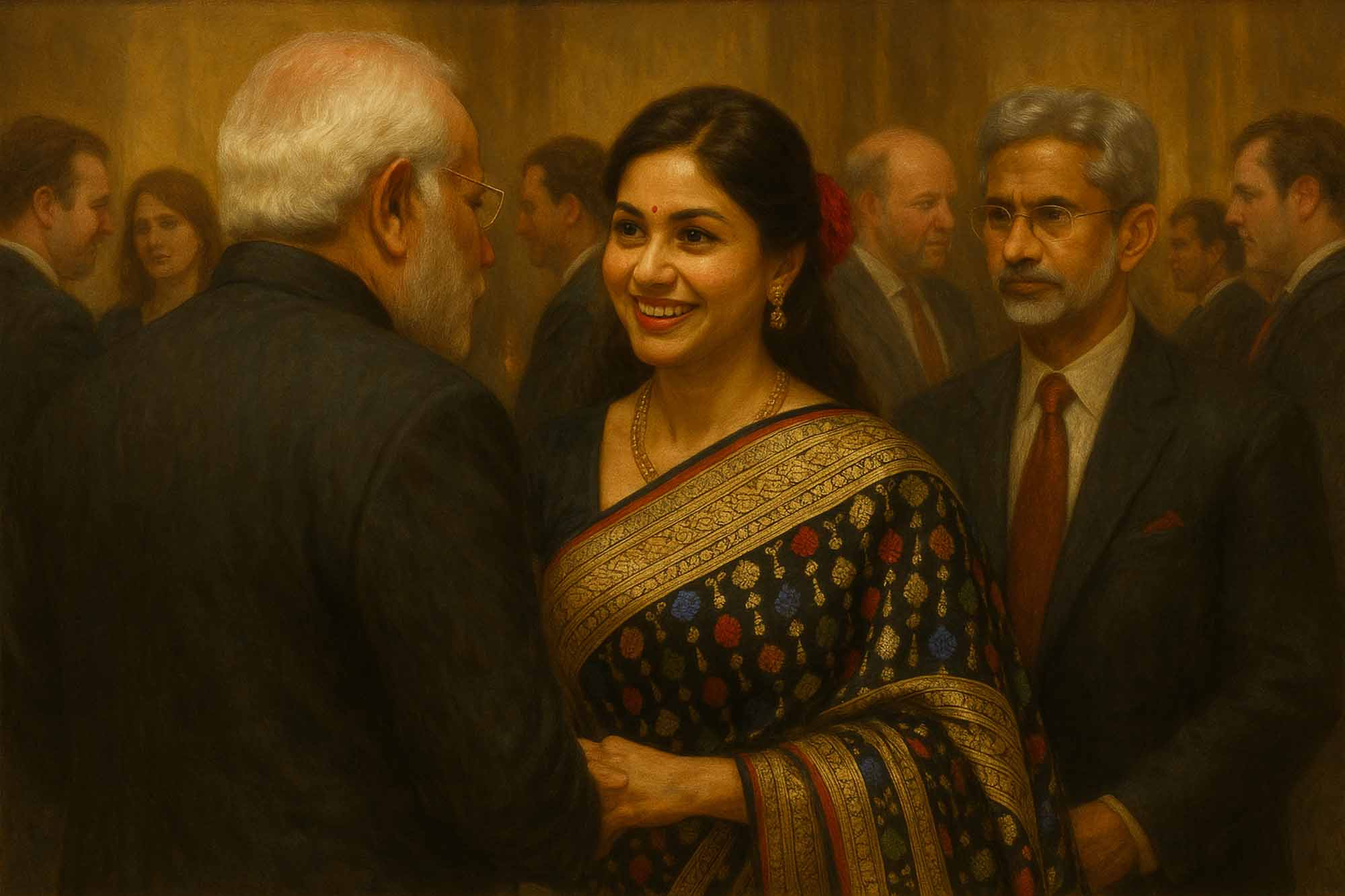
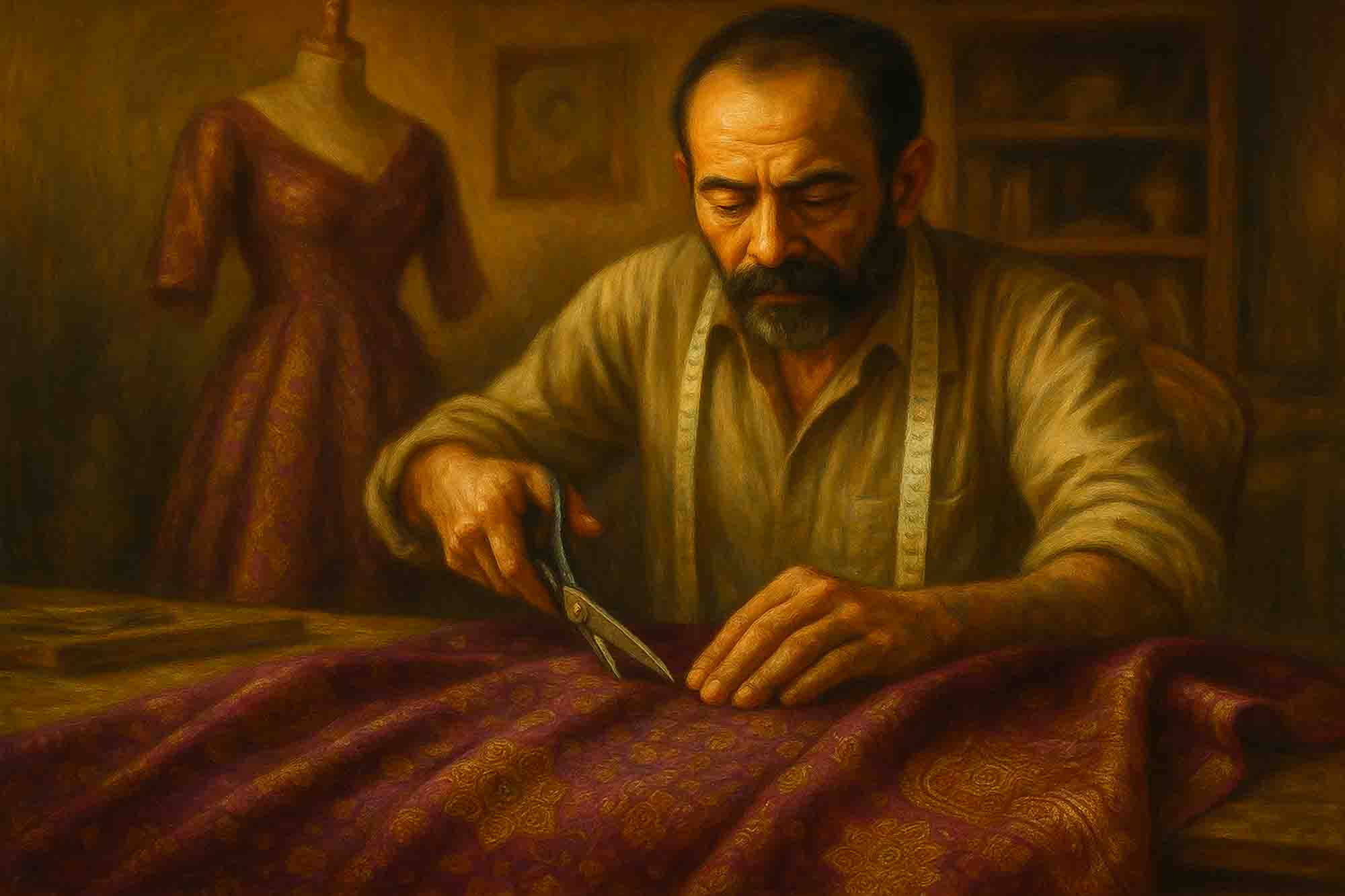
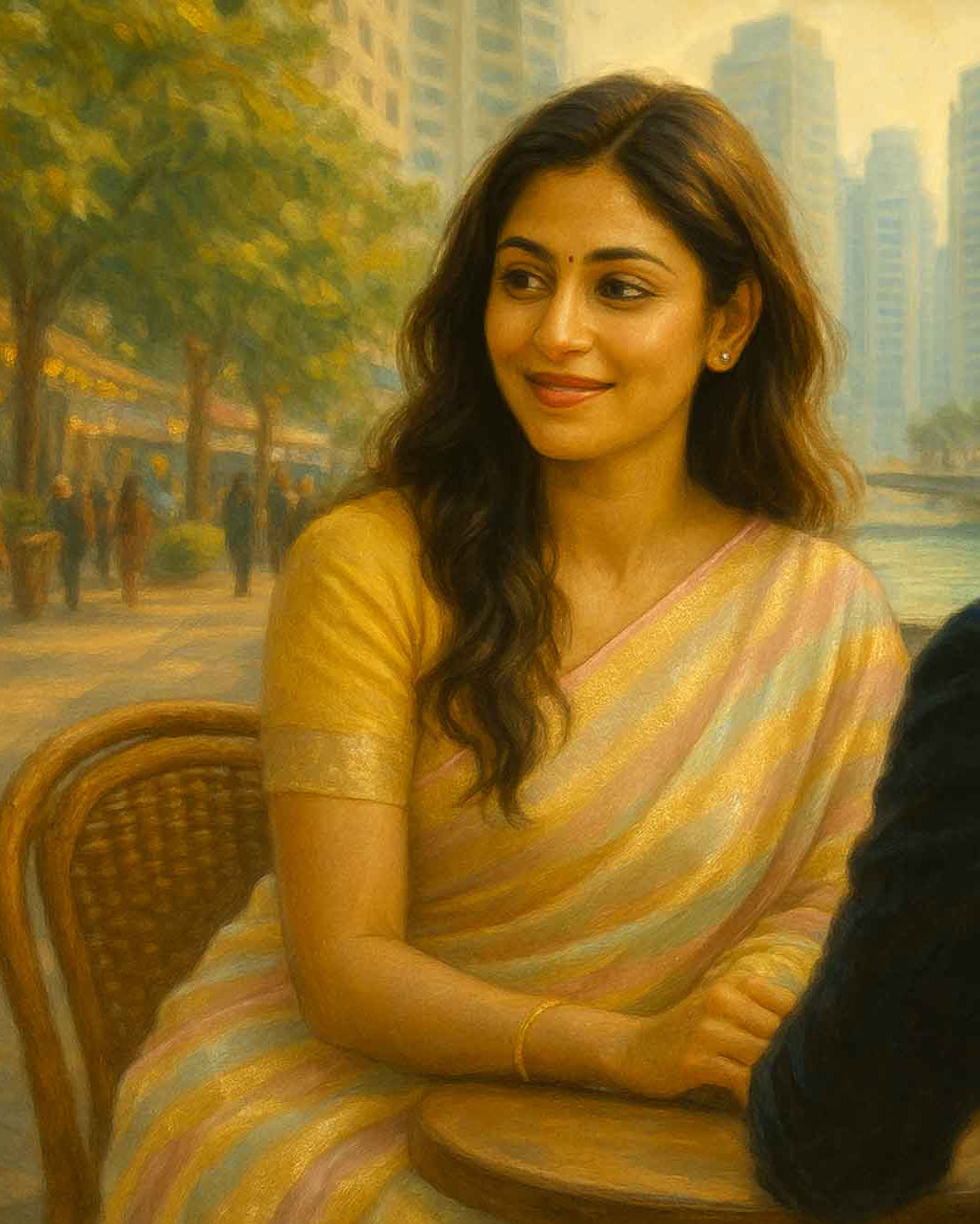
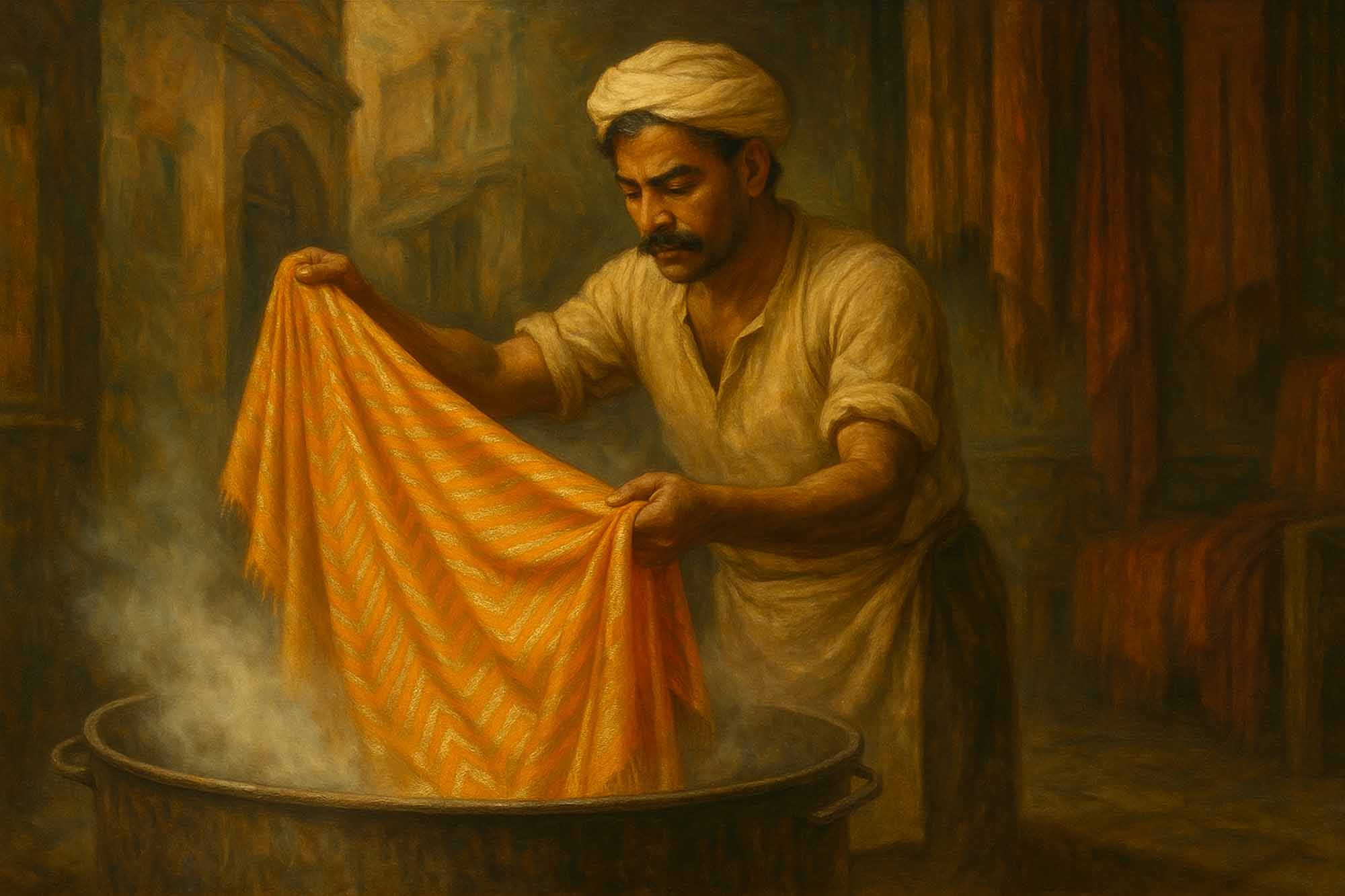
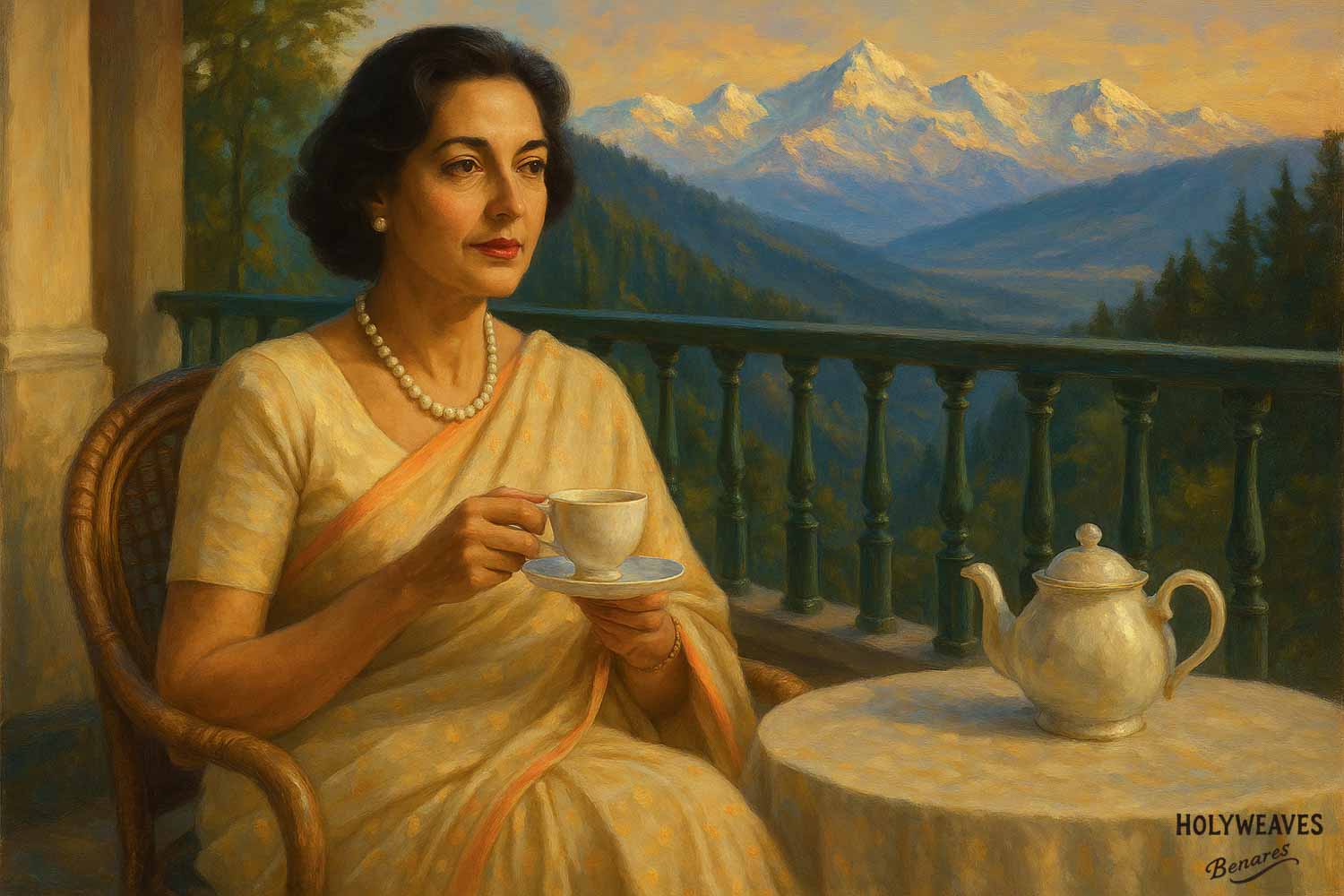
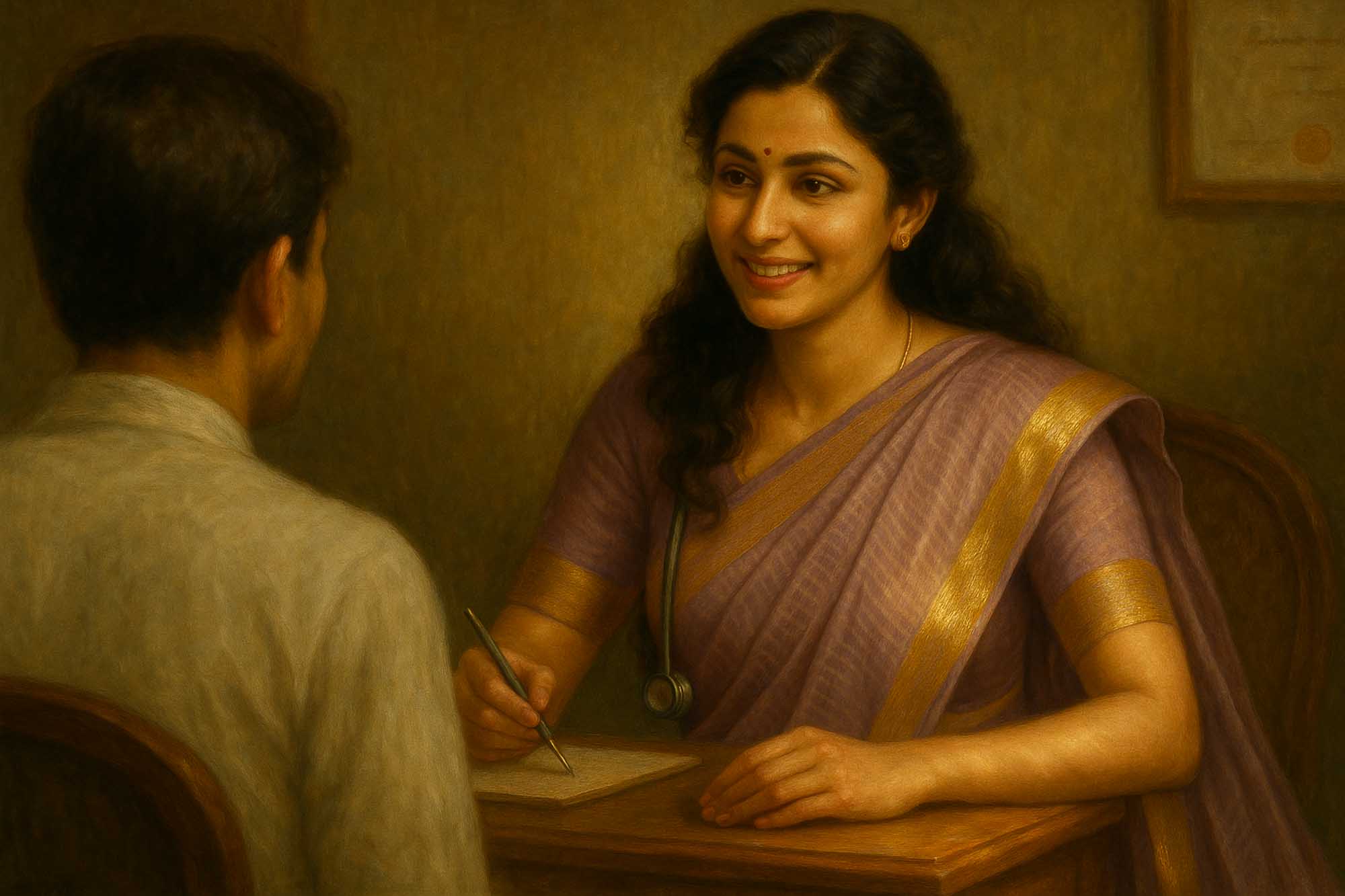
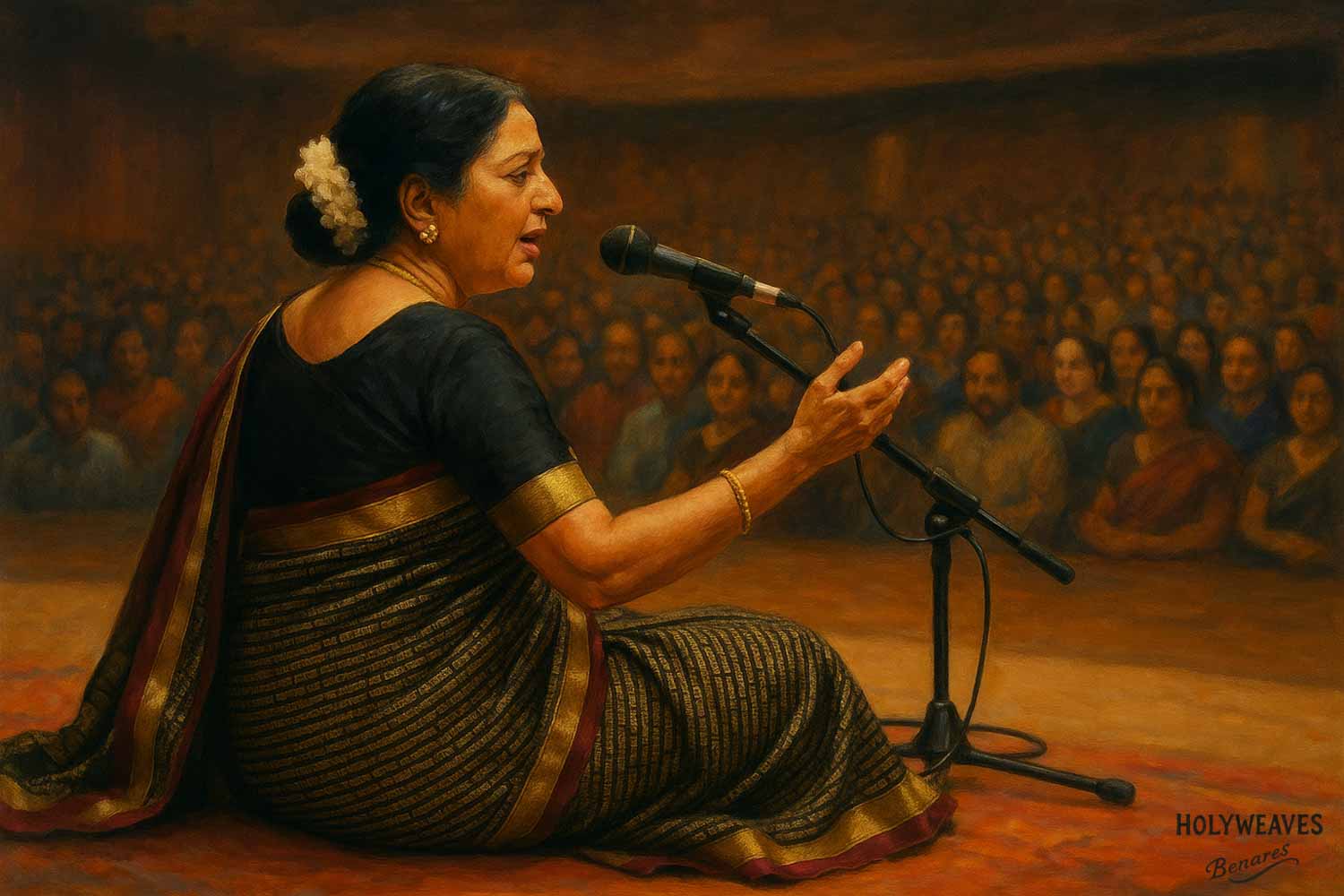
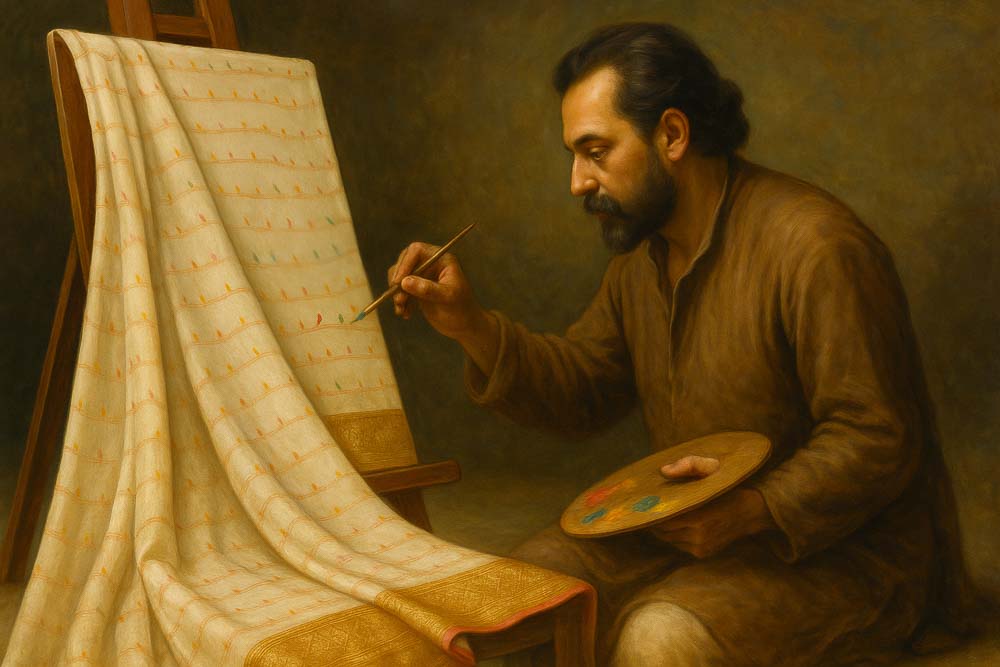

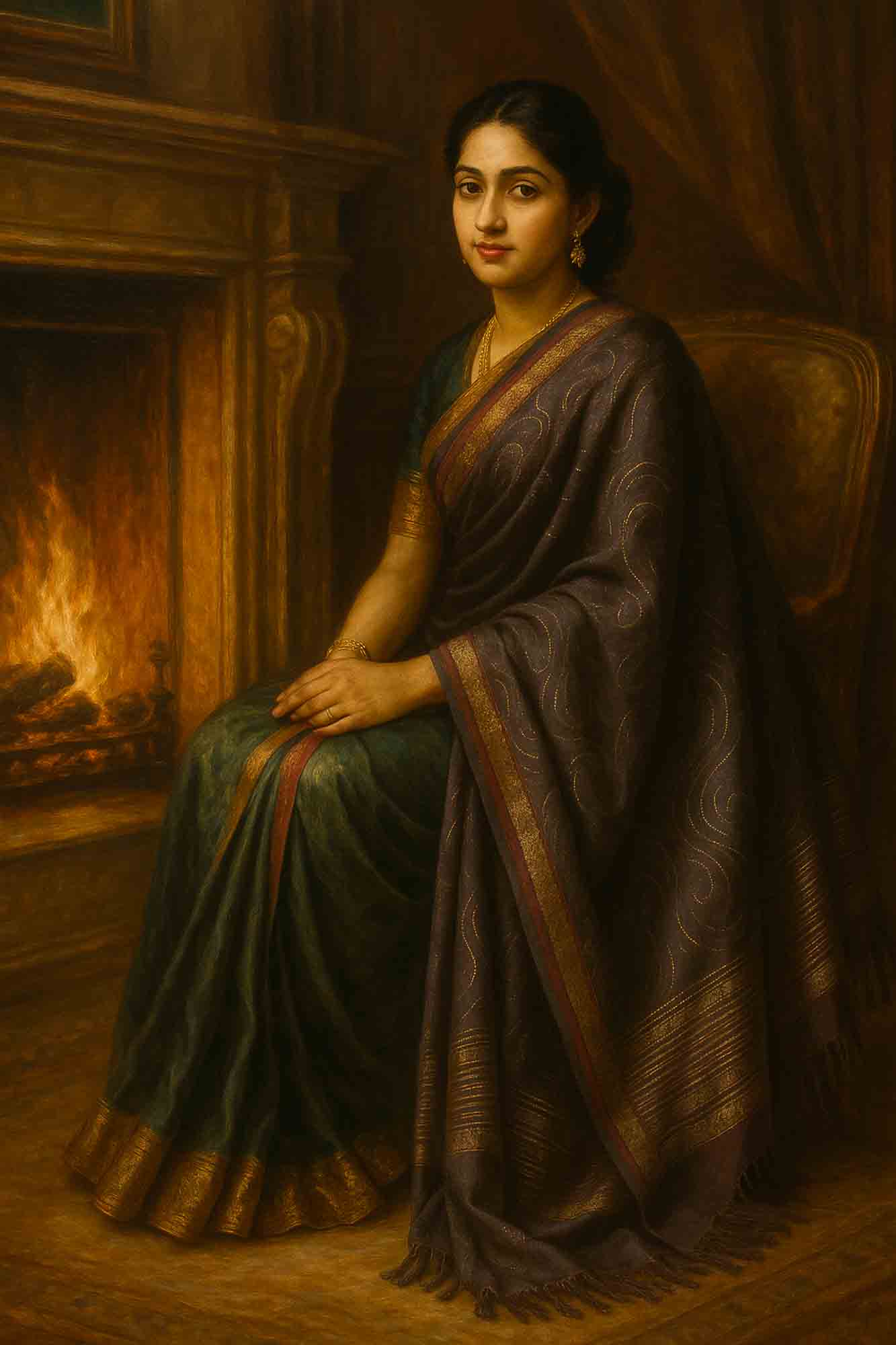

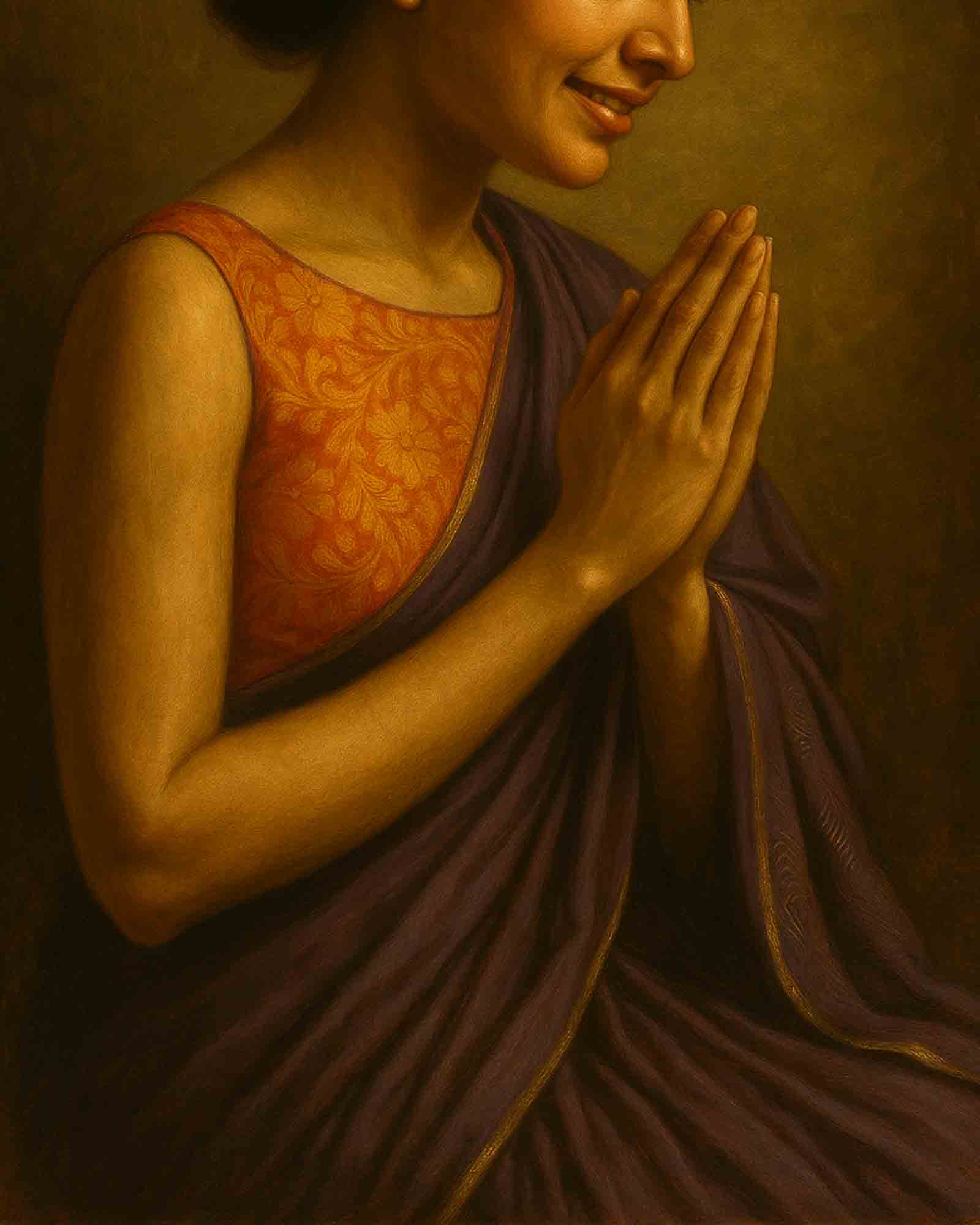
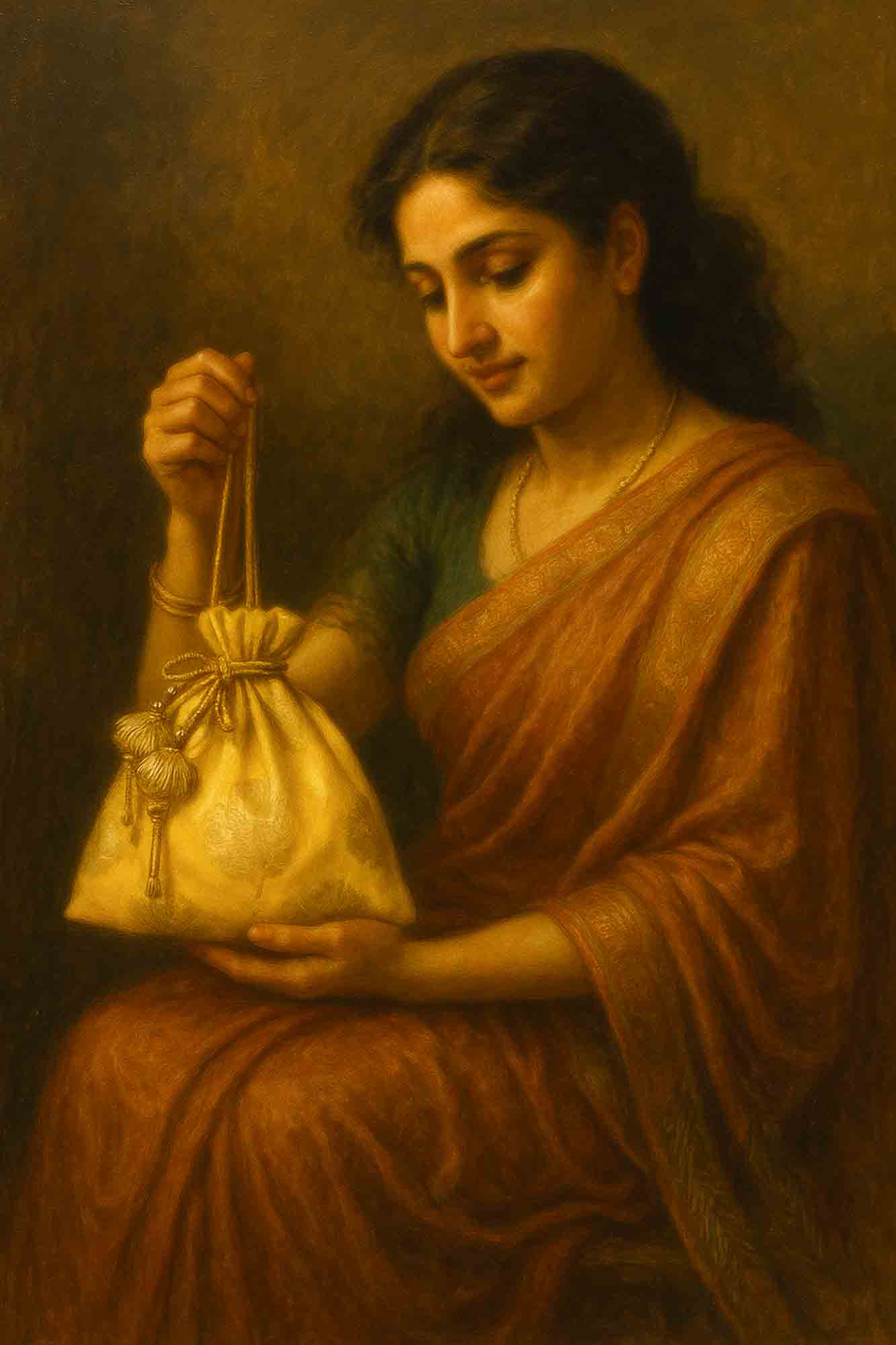
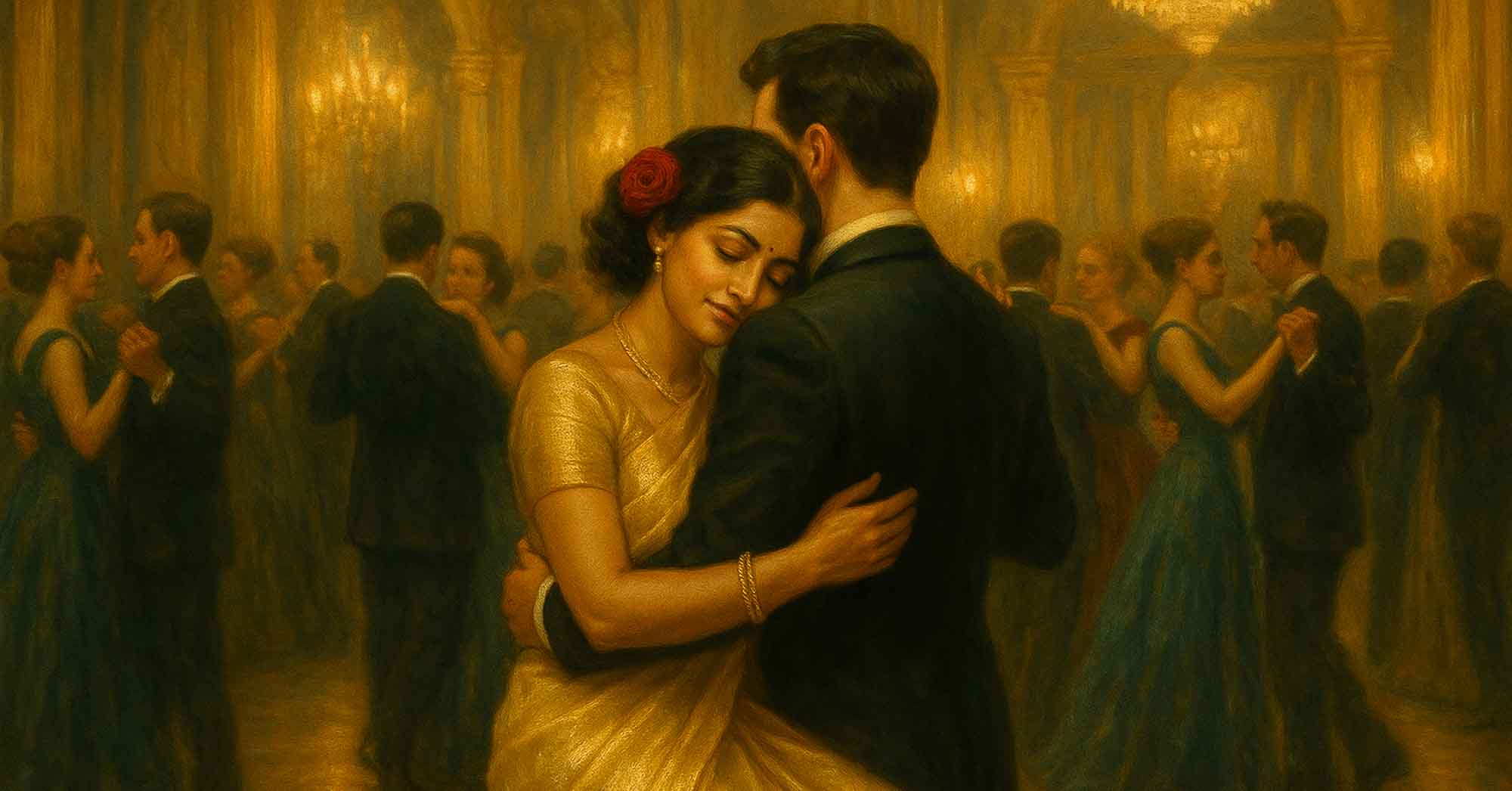
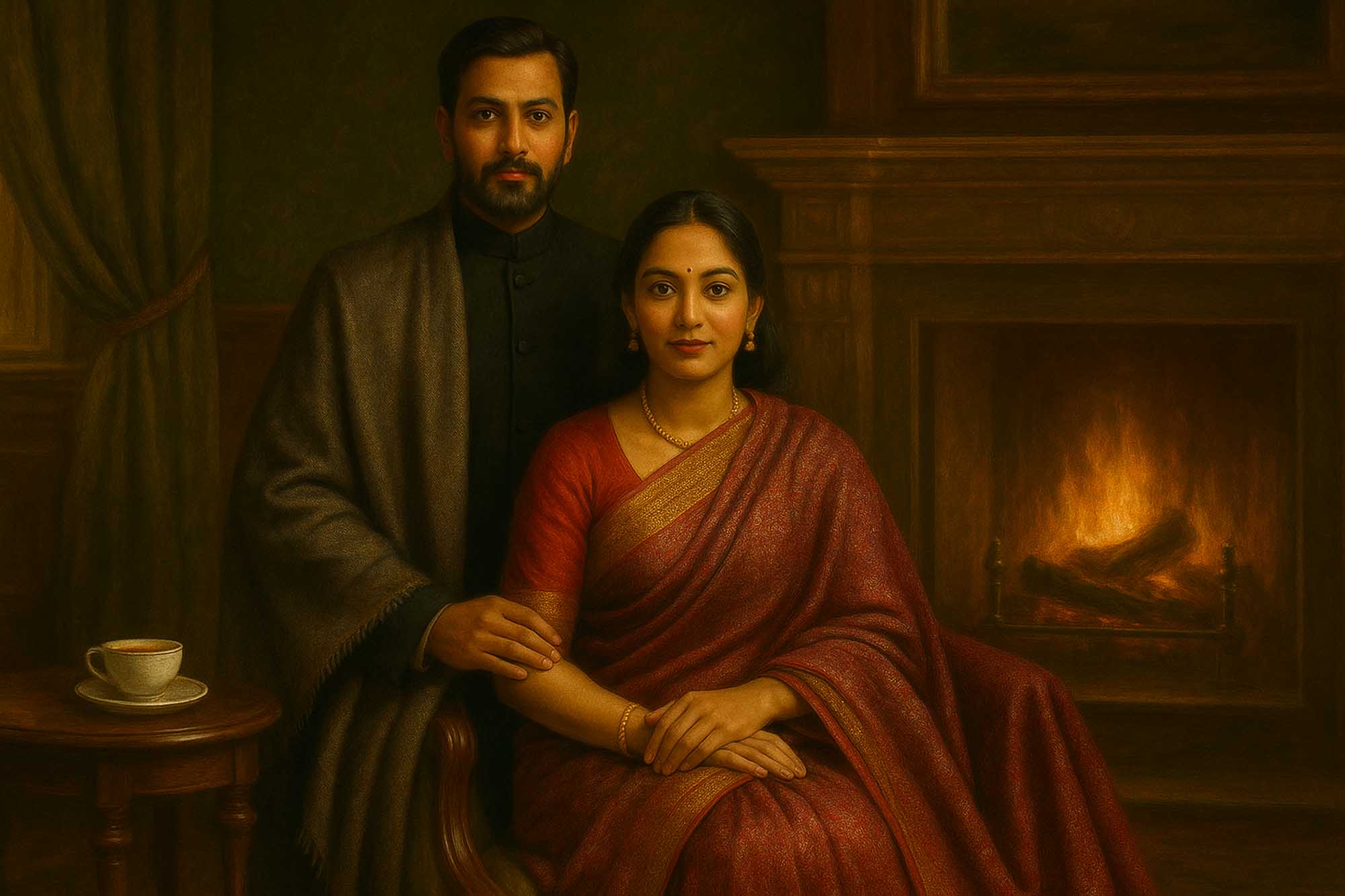
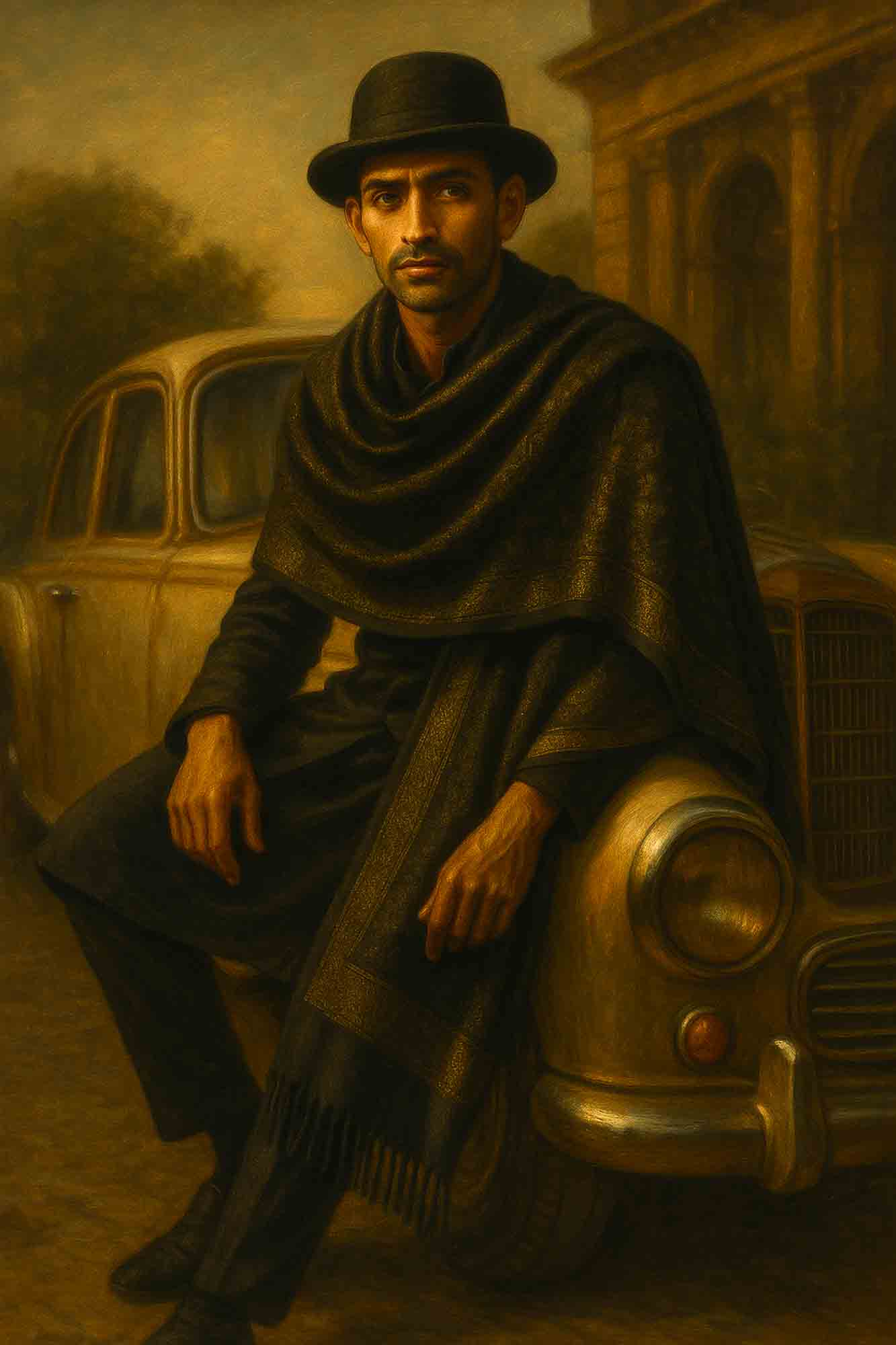
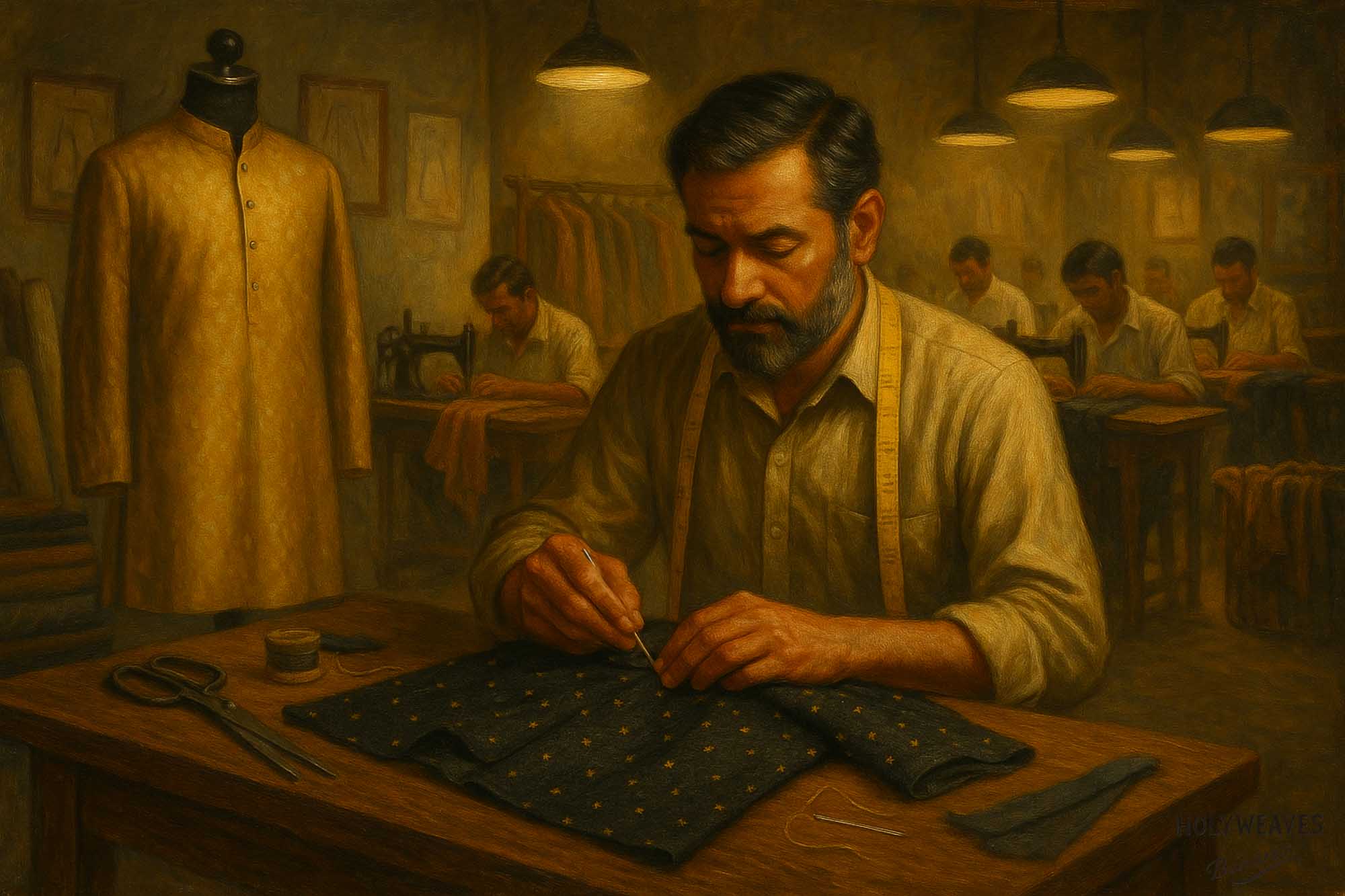
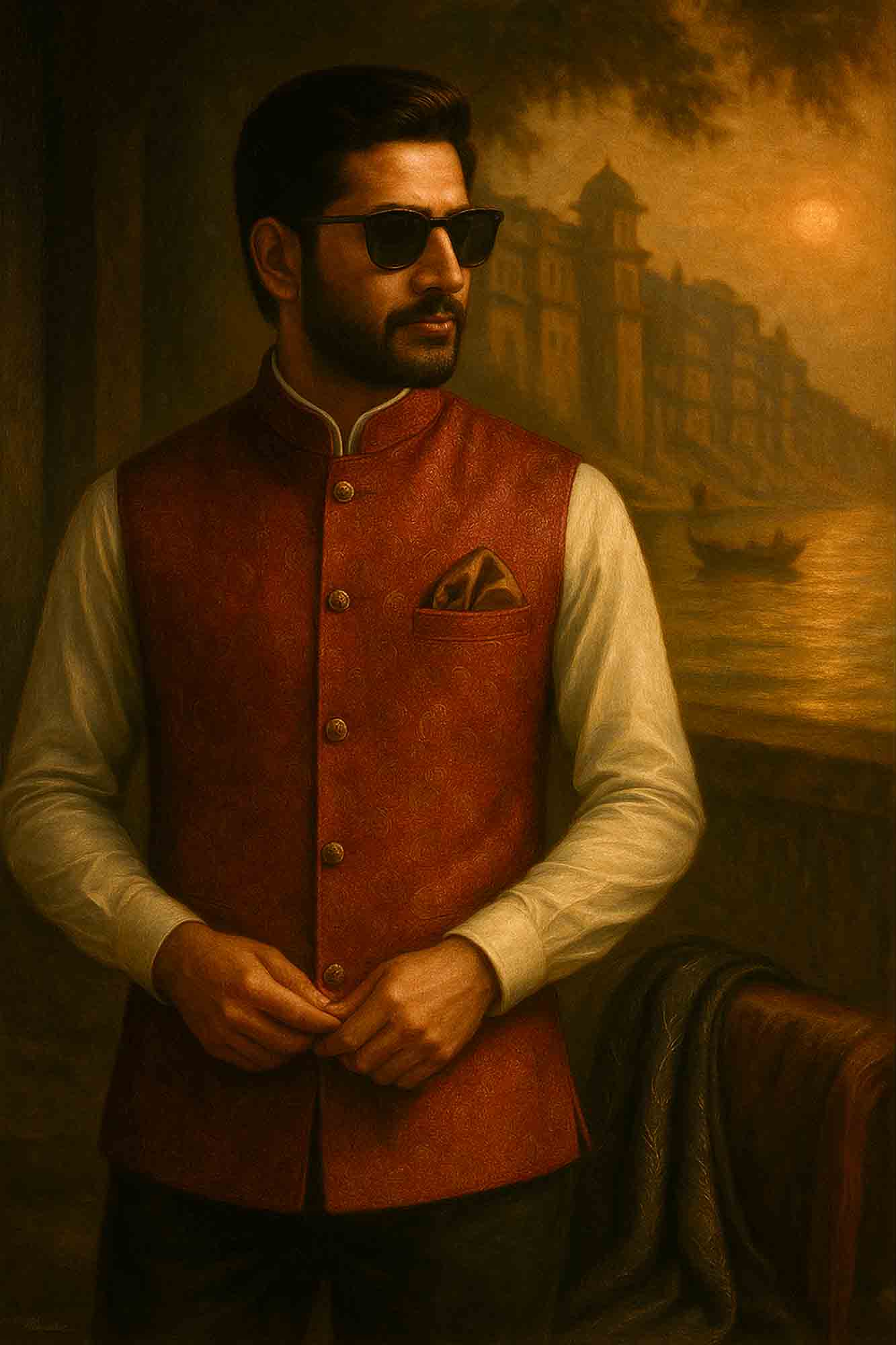
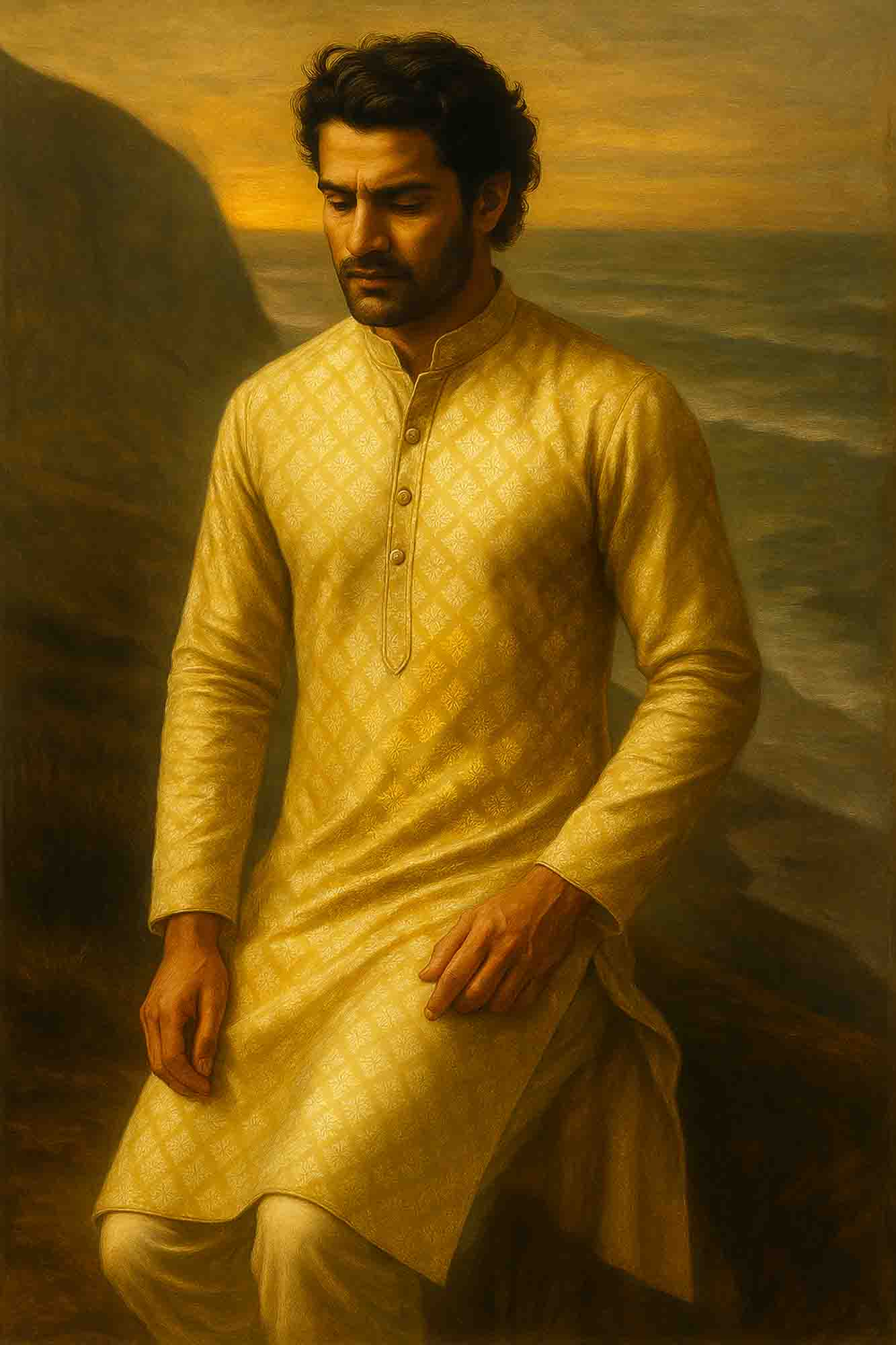


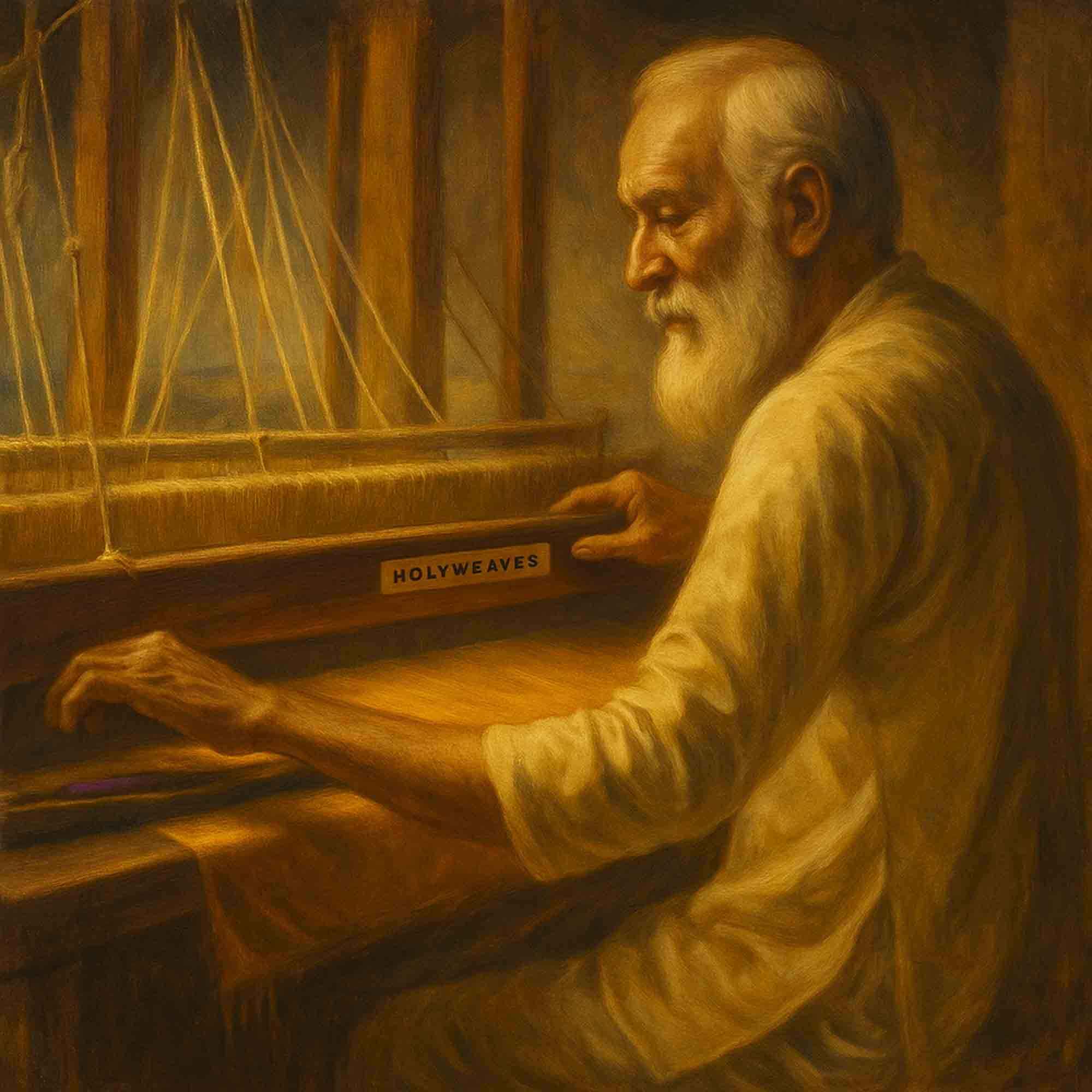
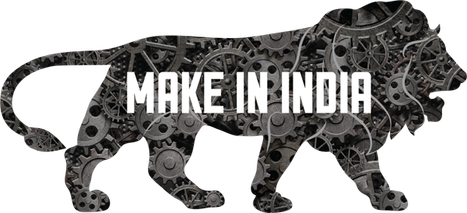
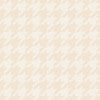
3 comments
full of information , this page covered all by questions i had in my mind , keep sharing .
shweta verma
Very informative and beautifully explained
Kamla Mehta
very very informative,
veena kollipara
Leave a comment
This site is protected by hCaptcha and the hCaptcha Privacy Policy and Terms of Service apply.